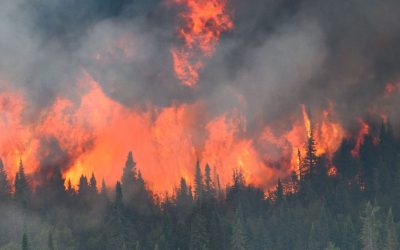What makes a good environmental indicator? It should provide a
direct measure of pollution and of environmental degradation or
improvement, experts say. It should be tracked over time in order
to determine whether there is an improving or deteriorating
trend. Good indicators should measure pollution, not consumption,
although the two are commonly confused.
When these techniques are employed they show that contrary to
public opinion there are many reasons to be optimistic about the
progress that has been made at improving our environment since
the first Earth Day in 1970. Following are some examples:
- Since 1980 in the United States, overall environmental quality improved by 18.6 percent, the level of sulfur dioxide decreased by 47.7 percent, and nitrogen dioxide decreased by 16 percent.
- Overall, environmental quality improved by 17 percent in Canada relative to 1980.
- The ambient level of sulfur dioxide decreased by 61.4 percent in Canada between 1974 and 1999, and many cities experienced similar reductions, including Toronto (-66 percent), Montreal (-77 percent), and Vancouver (-67 percent).
- The annual mean nitrogen dioxide level fell by 28 percent between 1974 and 1999, and many cities also experienced declines, including Toronto (-12 percent), Vancouver (-23 percent), Ottawa-Hull (-40 percent), Calgary (-25 percent), Quebec (-40 percent), Winnipeg (-6.2 percent), Hamilton (-49.8 percent), and St. John’s (-53 percent).
The index of environmental indicators for Canada, the United States, Mexico, the United Kingdom, and South Korea shows that fears about increasing environmental degradation in these countries are unfounded. Environmental quality is getting better, not worse. While there are still some serious environmental problems that need to be addressed, overall environmental quality continues to improve.
Source: Laura Jones, Liv Fredrickson and Tracy Wates,
“Environmental Indicators (5th Edition),” Critical Issues
Bulletin, The Fraser Institute, April 2002.


